New historic photographs of the Hurricane of 1938
Long Memories: A History of Andover in Ten (or so) Trees: The Great New England Hurricane of 1938
A few weeks ago, on September 1, History Buzz writer Jane Cairns posted about The Great New England Hurricane of 1938, which hit the coast on September 21 of that year. Click here to read Jane’s original post.
In September 1938, while Andover residents were focused on war clouds gathering over Europe, the most powerful hurricane recorded in New England history slammed ashore without warning.
Why are we revisiting Jane’s post so soon?
A few reasons:
To remind ourselves about the devastation hurricanes can cause, especially as Puerto Rico, Dominican Republic, islands, and coastal areas were and are being hit so hard by Hurricane Fiona this week.
Today is September 21, the 84th anniversary of the Hurricane of 1938, a storm that hit long before we could rely on weather forecasts for warning.
Because four new historic photographs of damage following Hurricane of 1938 have just come into the History Center. And we wanted to share them with you.
The new photographs are of the Tyer Rubber factory, which at the time stood on North Main Street, just a few steps from downtown Andover. The hurricane blew the roof of part of the factory.
As a coincidence, also in the collection is the diaries of Hugh Bullock, the president of the Tyer Rubber Company.
Floods all over New Eng. following Hurricane
Thursday 1938 - Busy messy day. - 1/2 of the 3rd floor at #1 gone all under, soaked. ____ didn’t get beyond Clinton. - ____ motorist killed by a tree ahead of him. We have 30 pines laying flat. - New Eng never had such a wind before - over 500 deaths & rivers now at flood stage to make bad matters worse.
These four new photographs are on track to be accessioned into the collection. They show the impact of the devastating wind and rain of the hurricane.
The new photographs add to those already in the collection.
In a time before weather forecasting, radar, and media outlets like AccuWeather and Weather Underground, no one knew the storm was coming.
From Jane’s September 1 post, September 21,1938 was merely a “gusty fall afternoon,” South Church pastor Frederic Nuss wrote to his brother George1, who was working as a missionary in Japan.
“There were rain clouds and some falling moisture, but nothing unusual. Suddenly, with a bellow, the hurricane arrived, wrapping the branches of a big maple around its straining trunk, shaking the house [where he was making a call] and filling the air with flying shingles. I grabbed my hat and departed at top speed for home, half a mile away. Twice I had to turn the car around and seek another street. Some trees came up by the roots, being gently laid away to their last rest as a mother lays down her children at night; others snapped off at the base with splintering crashes and great violence like soldiers going down in a rain of shells. The ruination of branches occurred right and left as the stoutest oaks and butternuts bent to the ground in the fiercest gusts.”
Where and how do Atlantic hurricanes form?
From Audubon.com,
Along a route known as Hurricane Alley, warm ocean temperatures play a crucial role in strengthening storm systems from Africa to the Americas. The most common mechanism that leads to these hurricanes is the African easterly wave, “an area of disturbed weather that travels from east to west across the tropical Atlantic,” according to NASA’s Earth Observatory.
A jet of air forms when warm air from the Sahara Desert meets cool air from the Gulf of Guinea. The warm air rises and turns in a southern direction, making its way towards cooler air over the gulf. This current moves west (because of the rotation of the Earth) and is called the African Easterly Jet, say Steve Graham and Holli Riebeek, the authors of the NASA piece, titled "Hurricanes: The Greatest Storms on Earth."1
Our hearts go out to the people of Puerto Rico and Dominican Republic as they work to recover from Hurricane Fiona. At this point, we’re hopeful that Turks and Caicos and Bermuda will be spared the worst.
Thanks for reading.
How about you? Do you have memories of hurricanes or other storms? Leave a comment by clicking the button below. We love to hear from History Buzz readers.
~Elaine
https://www.audubon.org/news/green-guru-how-do-hurricanes-form






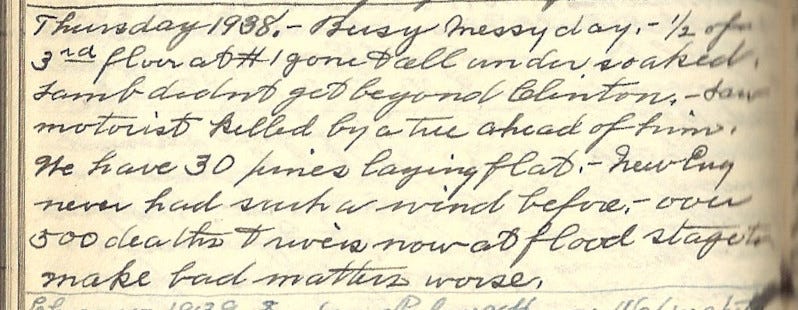
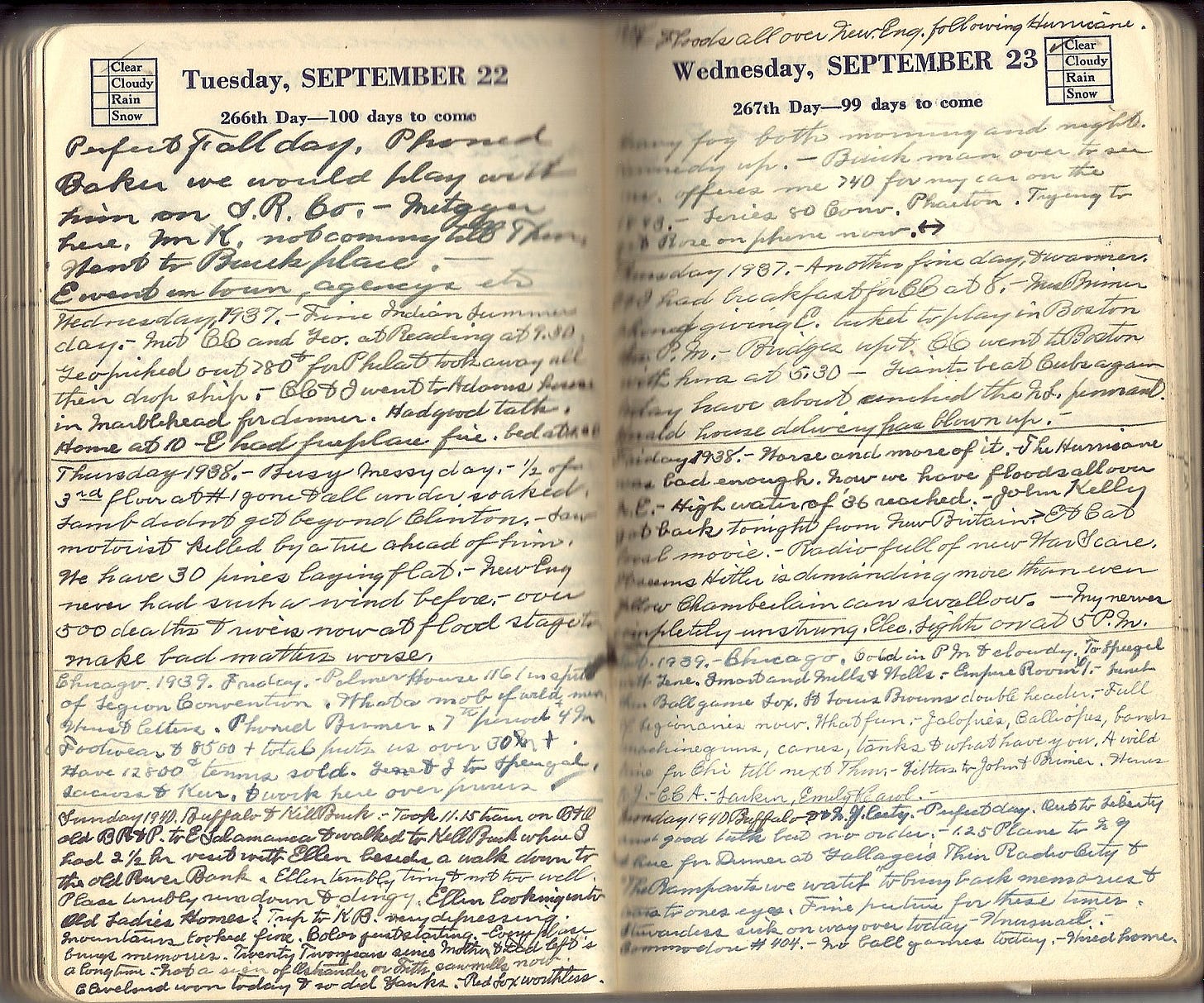

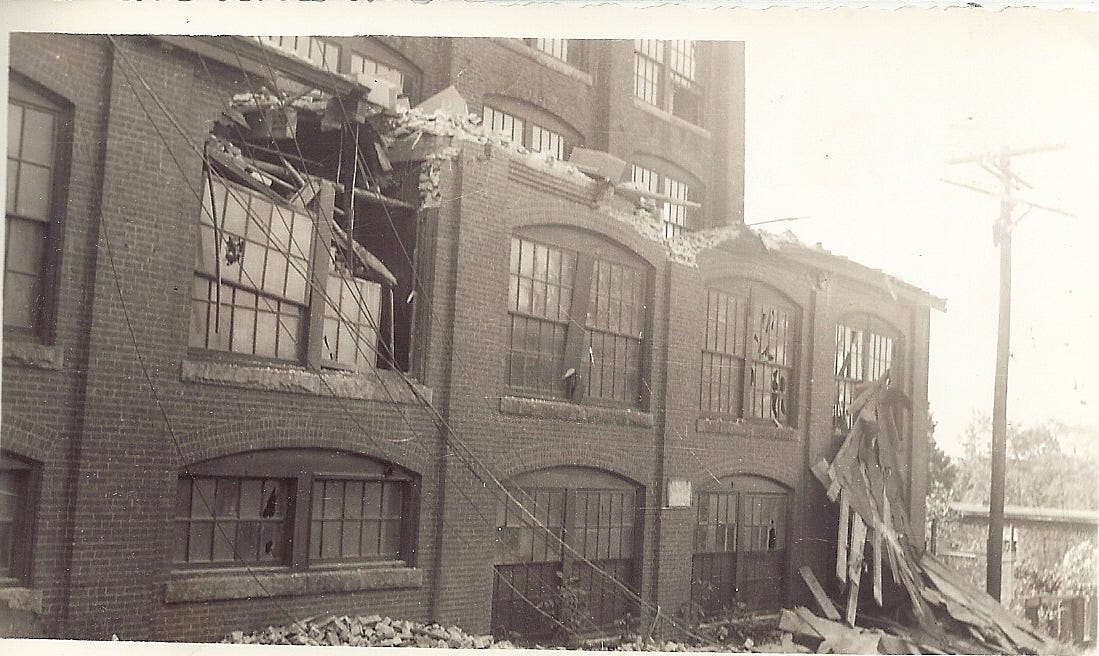
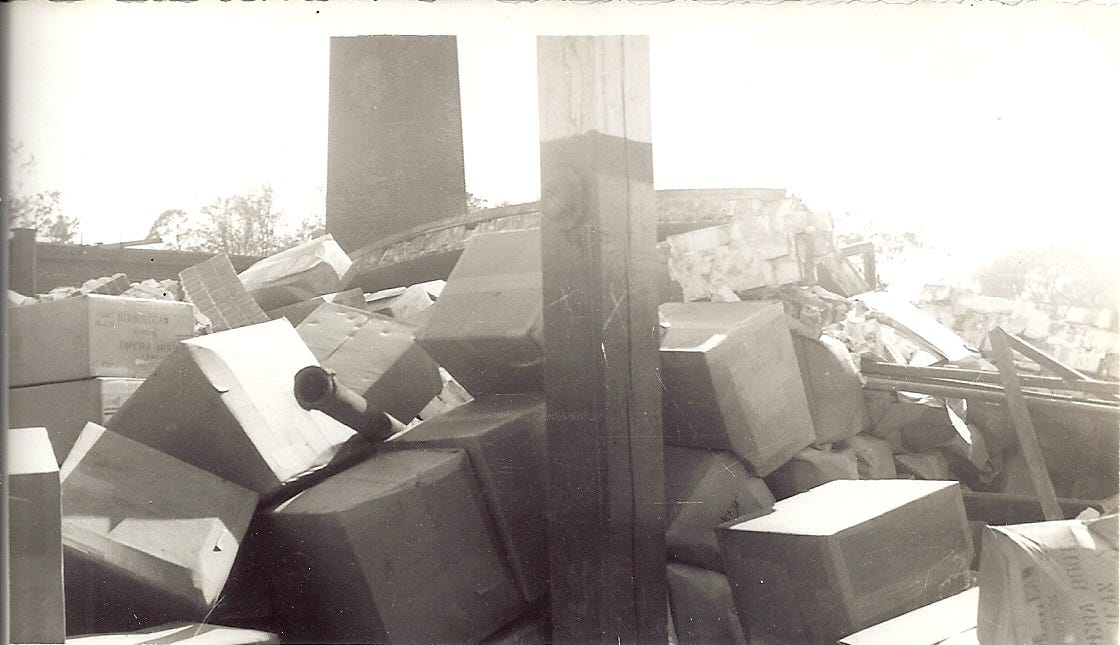
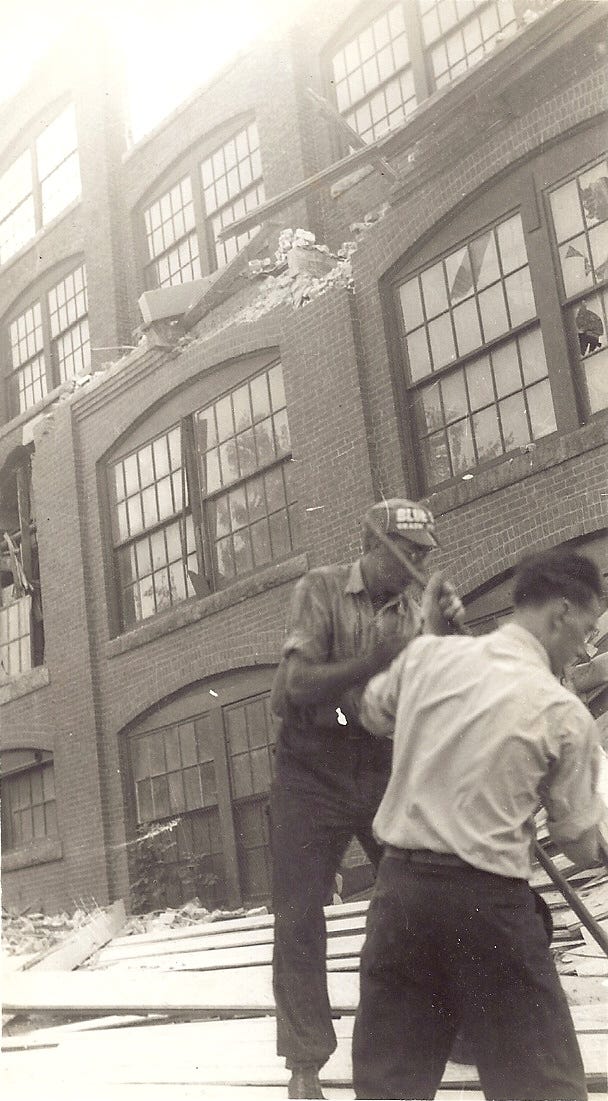
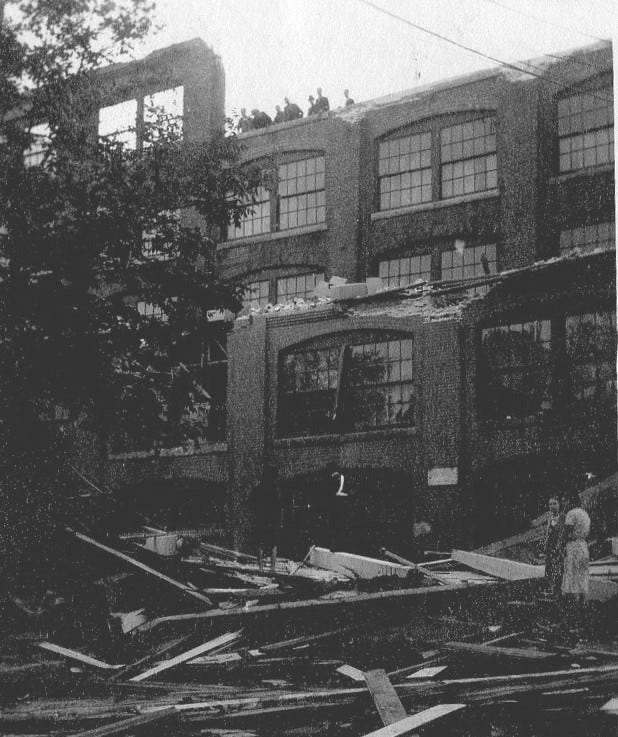
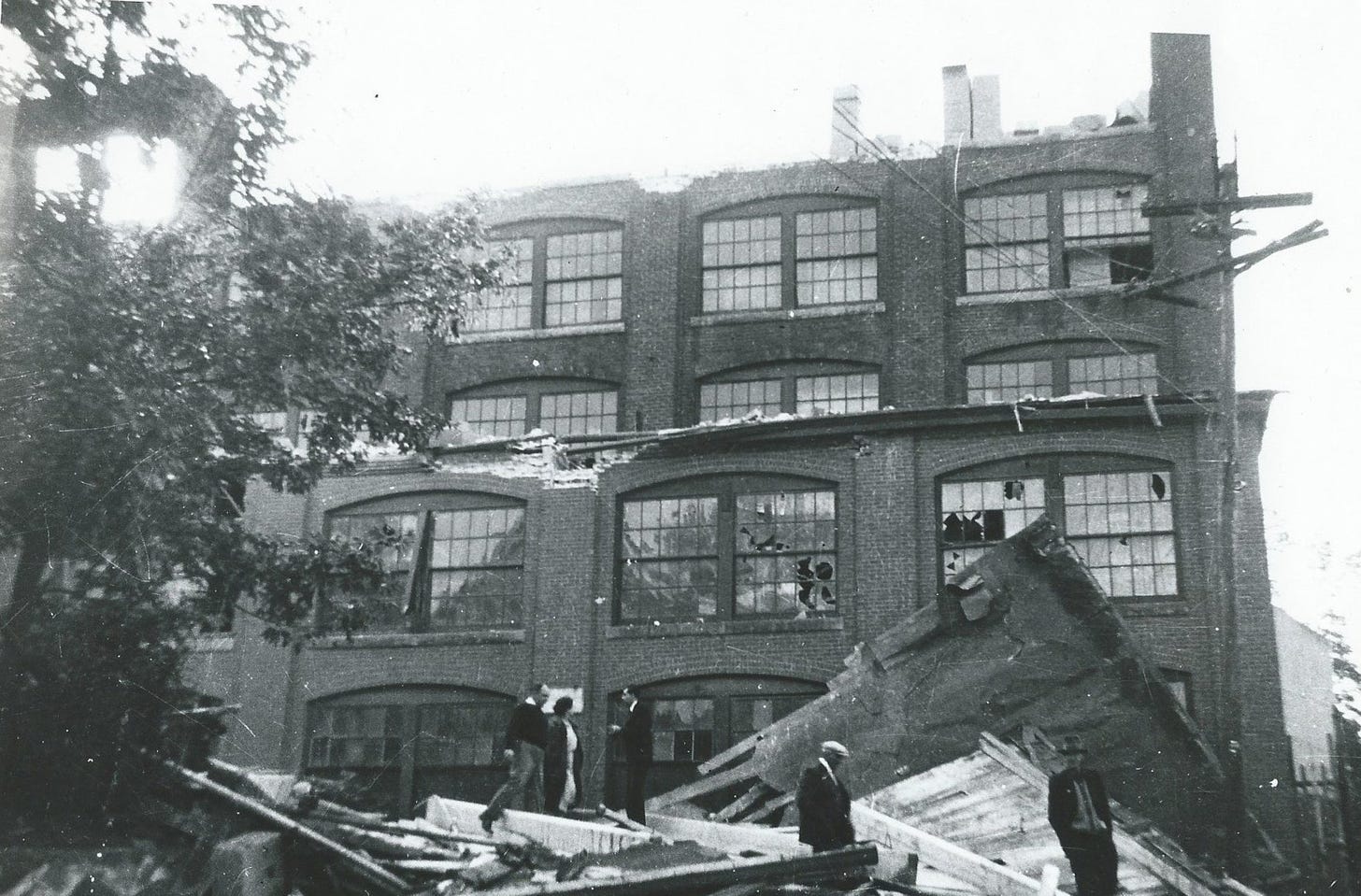
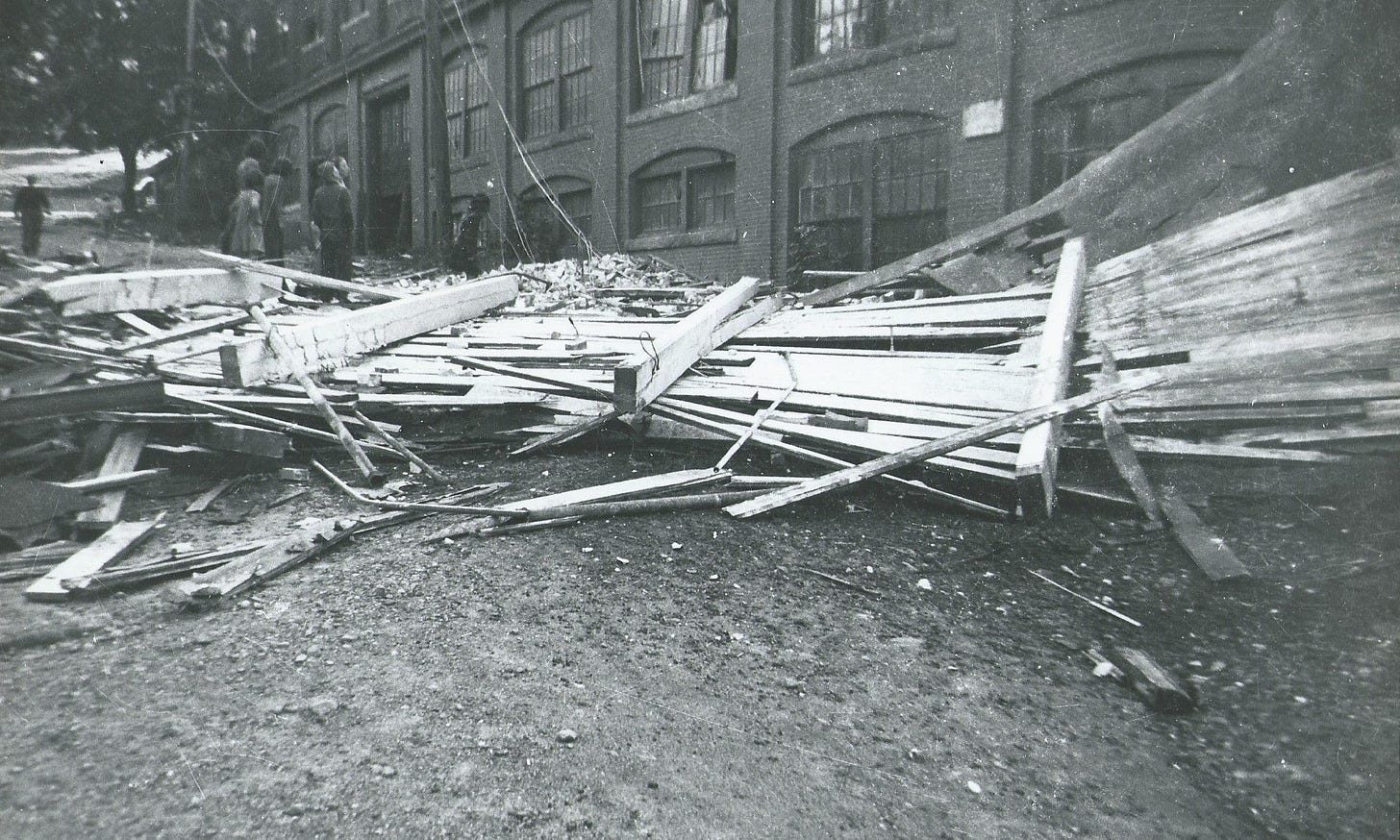
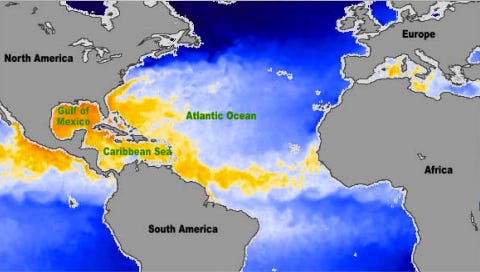
The new pictures will be a wonderful addition to the collection. The diary entries have been fascinating. I remember Hurricane Bob (1991).